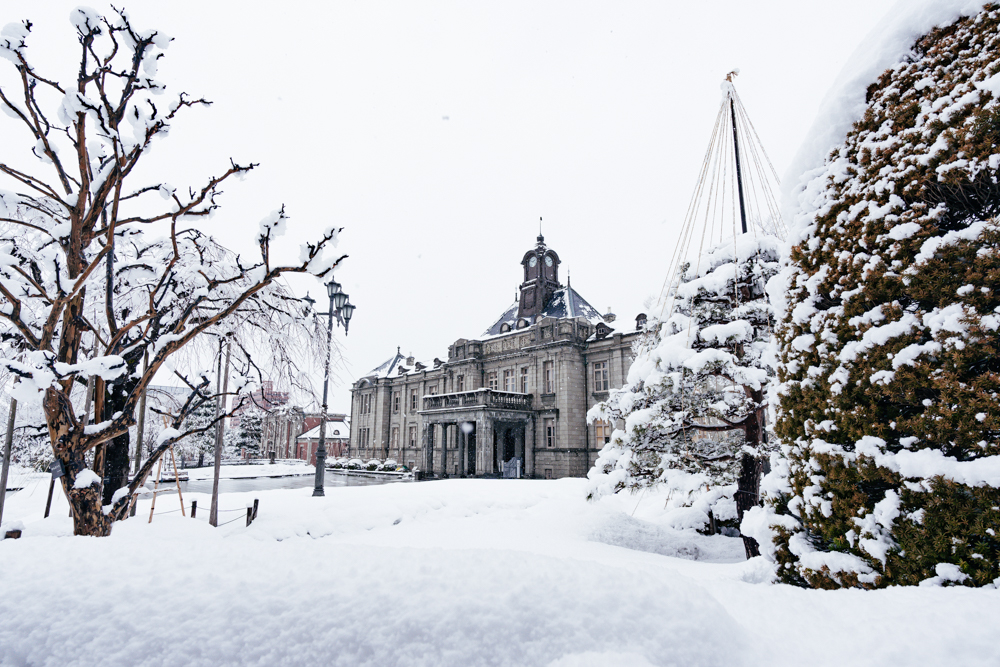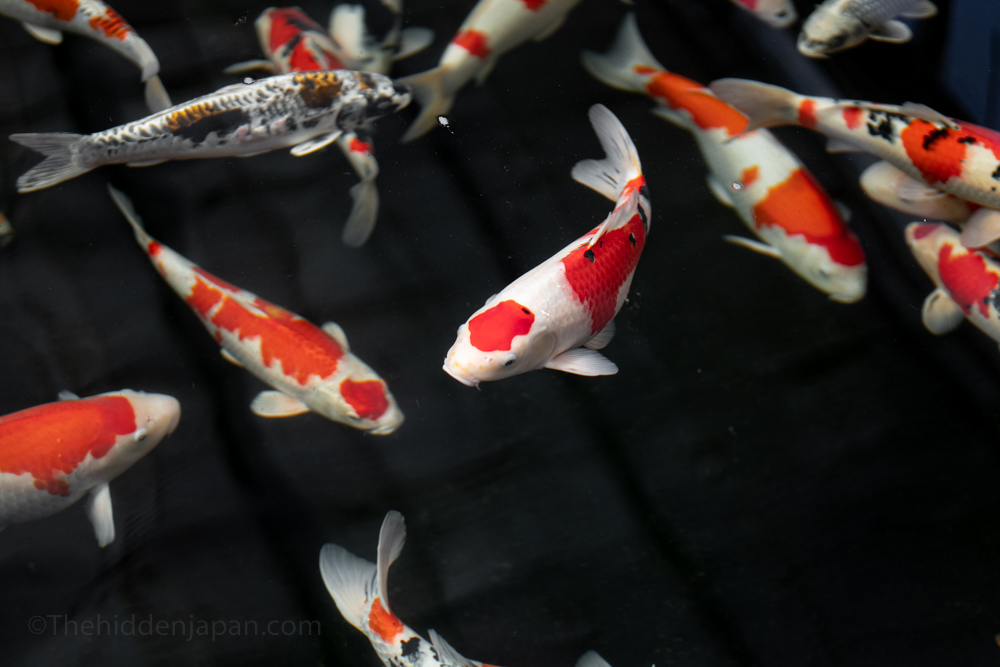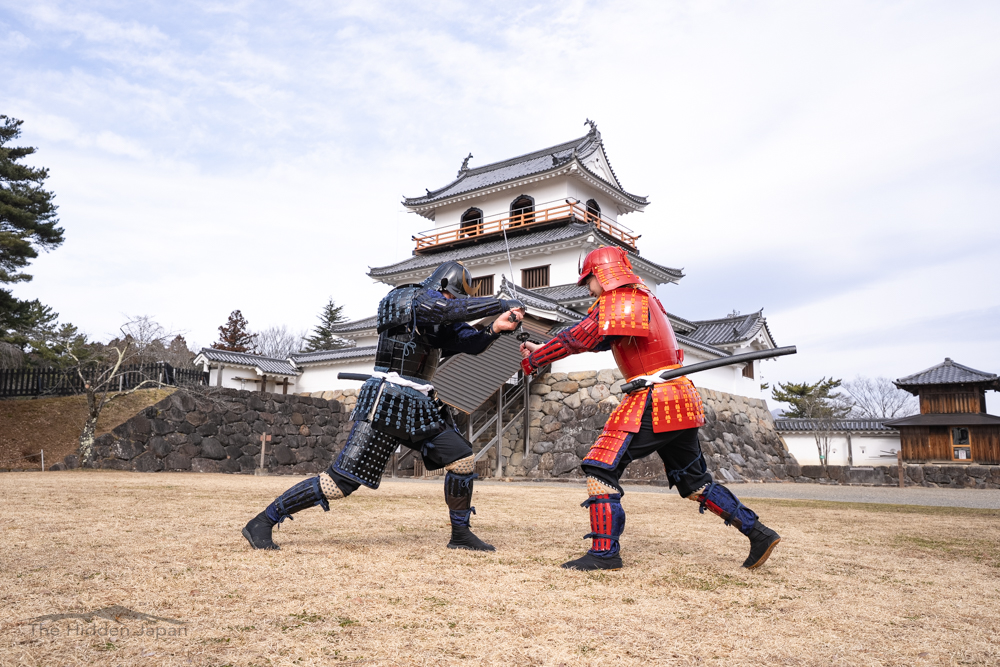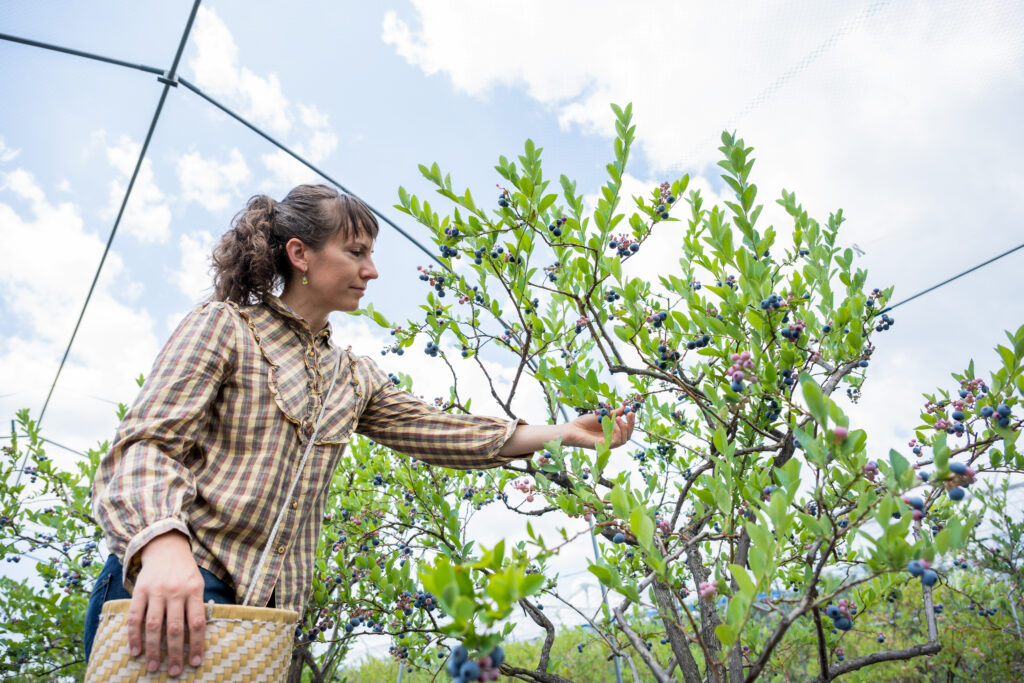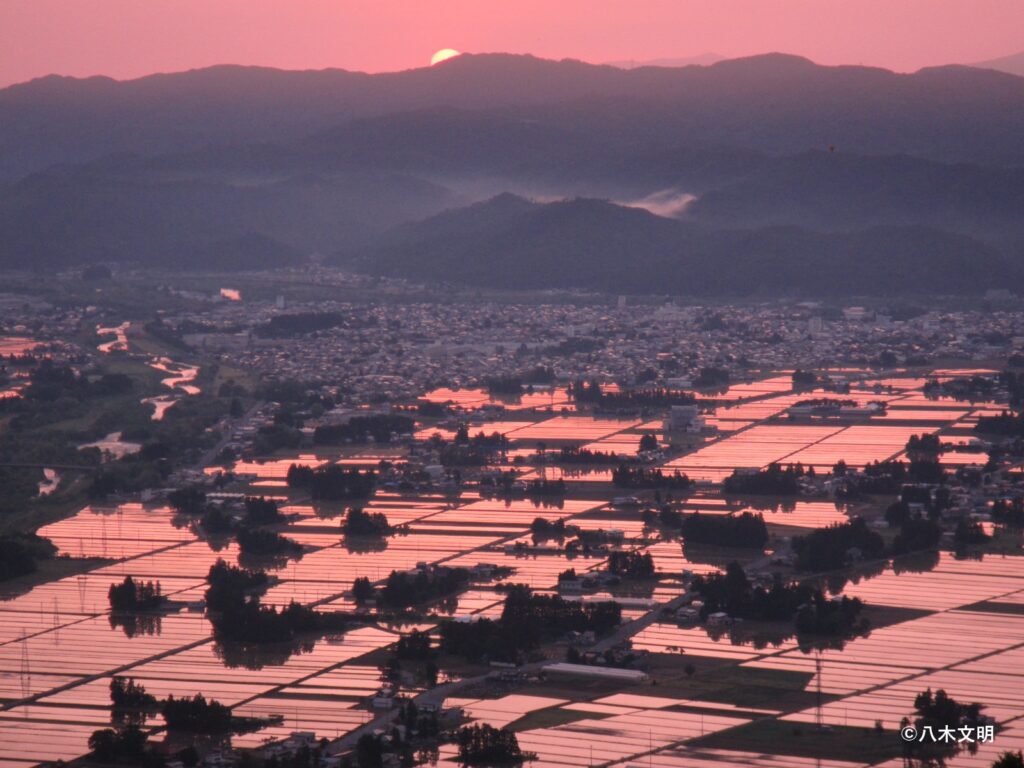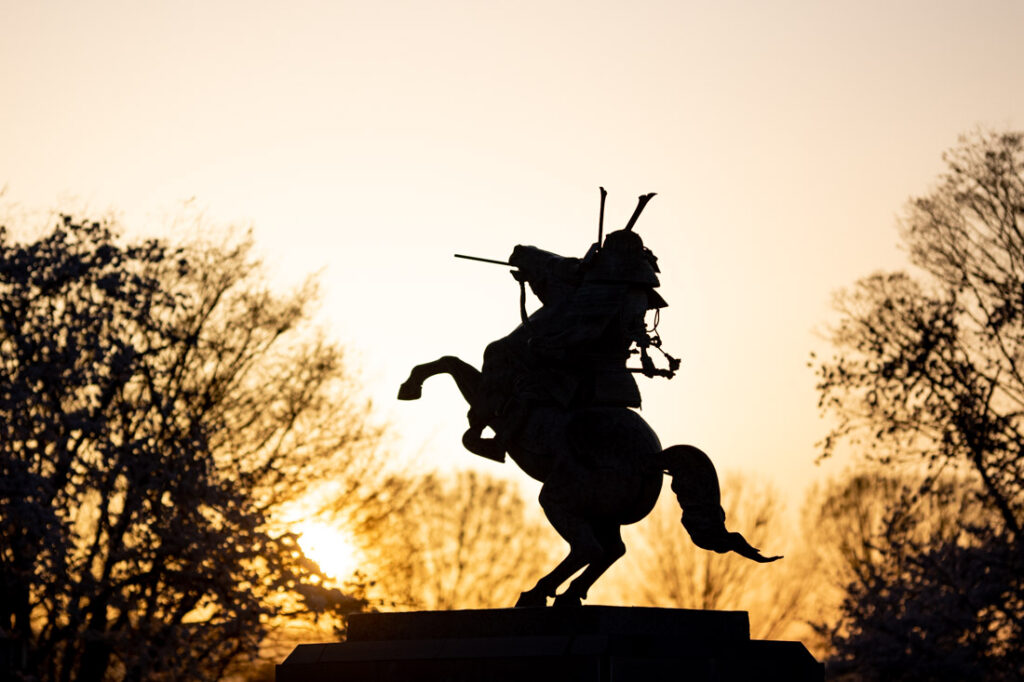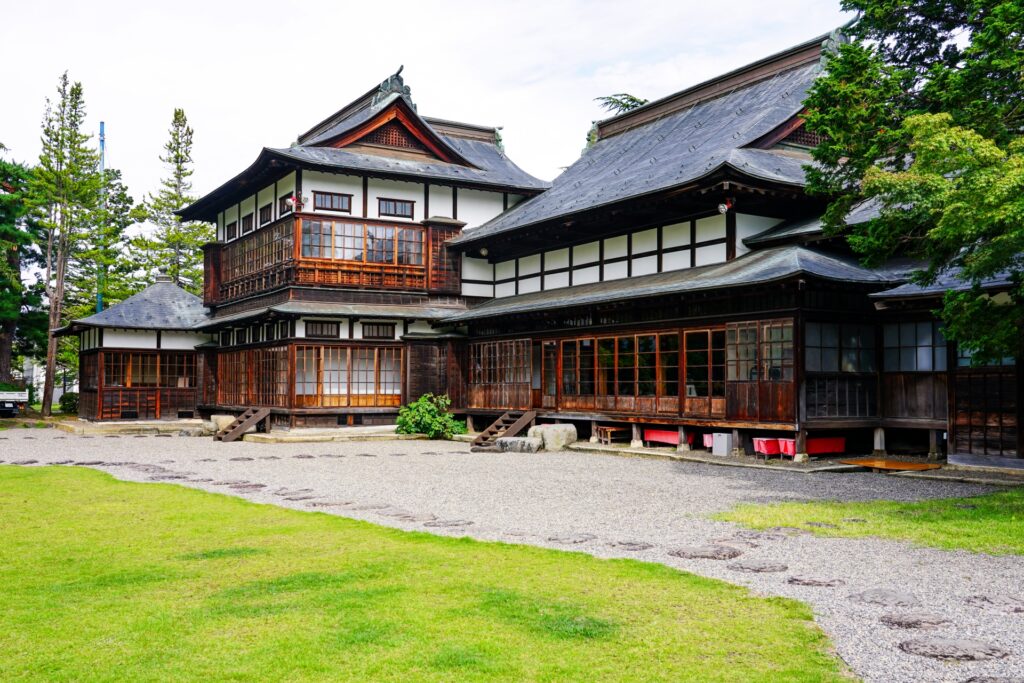
Yamagata Prefecture
Former prefectural office building with the Meiji Restoration’s Western influence.
The Meiji period, which began in 1868, ushered in a new, pivotal, and often chaotic chapter in Japanese history, as a centuries-long era of isolationism came to an end. The Meiji Restoration, as it is also know, is widely celebrated for the rapid technological advancements can cultural changes that swept Japan, and is one example of Western influence which can still be seen to this day in some of the enduring architecture from that period.
Many of those buildings, particularly those of public institutions, were constructed in an English Renaissance style – grand, European-looking brick and stone buildings, often at seemingly aesthetic odds with the simpler and older wood-clad structures that surrounded them.
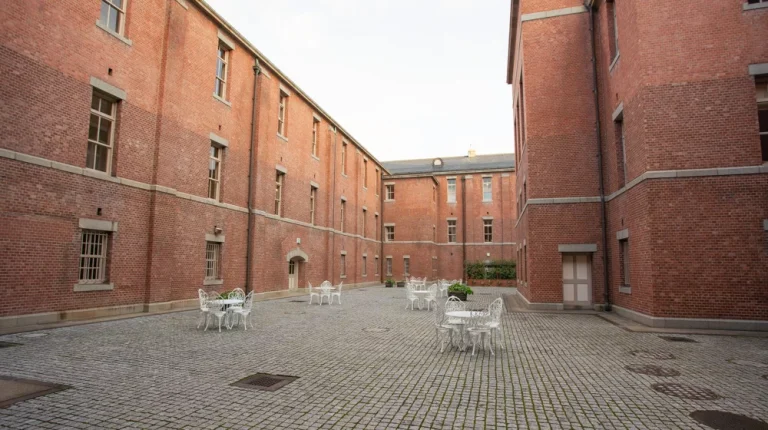
The Yamagata Bunshokan, or former prefectural office, located at the north end of Nanukamachi road in Yamagata City, is a fantastic example of this fleeting architectural movement and also endures it as a symbol of Yamagata prefecture.
Stepping through the front gate, the wide three-story façade, slate courtyard, and surrounding greens all make one feel as if you have arrived at a minor palace, or perhaps a set piece from Harry Potter.
Quick Info
Cost
Free
Opening Hours
9:00am-4:30pm
Closed on the first and third Mondays of each month.
Average Duration
30 – 45 minutes
Address
3 Chome-4-51 Hatagomachi, Yamagata, Yamagata Prefecture 990-0047
Other tips
- The Yamagata Bunshokan is located in the center of Yamagata City and is about a 25-minute walk from Yamagata Station.
- You may also take a taxi and reach this museum in about 9 minutes.
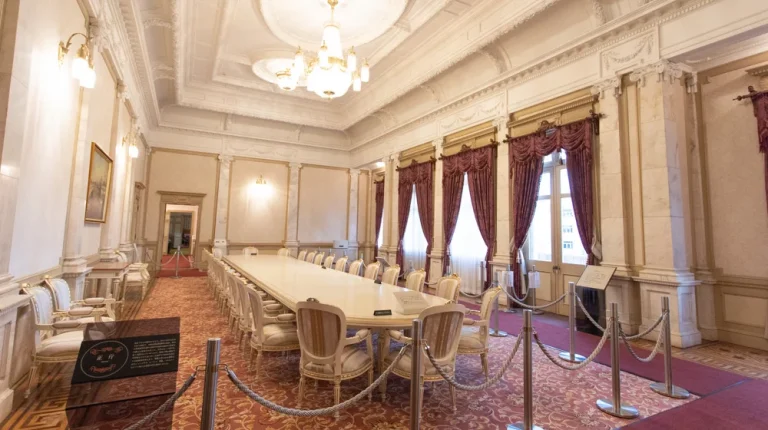
The original Bunshokan was built in 1877 but was destroyed in a major fire that swept through Yamagata City in 1911. In 1913, reconstruction was completed, and the building continued to be used until 1975, when the office moved to its current building in the Matsunami district of the city. After being vacated, the Bunshokan was left to fall into disrepair until being designated an Important Cultural Property of Japan in 1984. Soon after, restoration efforts eventually brought the building back to its original condition, and it opened as a museum to the public in 1995. Today you can visit the museum free of charge, and tour its interpretive center and many rooms with original furnishings. Free guides are also available, however, only in Japanese.
Past the marble columns of the entrance foyer, a vaulted staircase leads to the second floor, where some of the most luxurious, furnished rooms can be viewed. The Grand Meeting Hall, with its extravagantly long, white table, as well as the Office of the Governor, gives one an impression of the kind of pomp that was attended to when officials met with the upper echelons of government. Attention to detail was particularly given to the elaborate plasterwork on the ceiling. The baroque flower designs were all painstakingly recreated by hand, and many of the rooms also include original fireplaces, chandeliers, and even carpeting originally woven in Yamagata City.
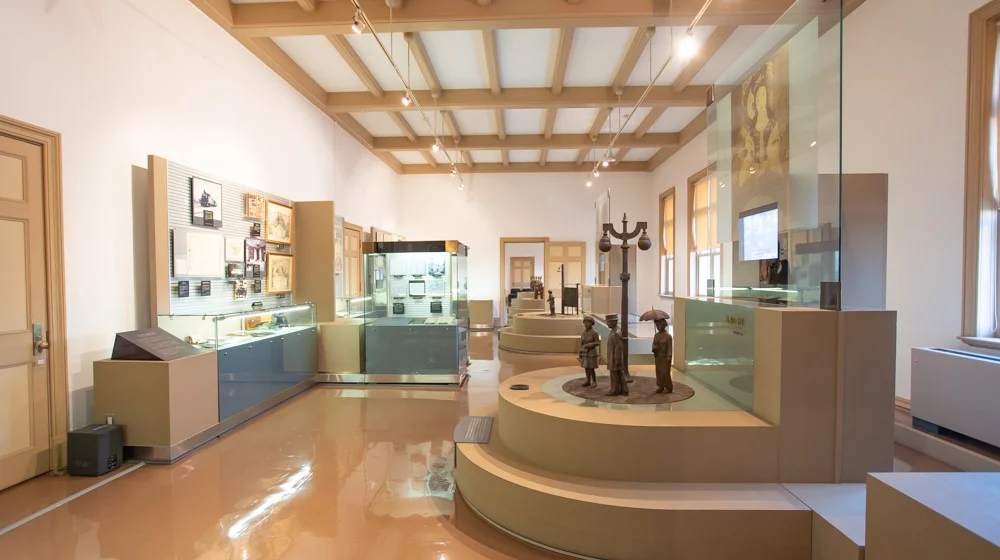
The first floor of the building houses the columned assembly hall with its high-arched cylindrical ceiling. The hall is used regularly for various events (as is the outside terrace and green space) and, is even used for rehearsals by the city symphony orchestra.
One other architectural point of note is the central clock tower, visible from the outside, as well as from the hall windows that look out over the inner courtyard. This is the second oldest working clock in Japan and is adjusted once every five days to keep time.
While many of the exhibits in the Bunshokan are available only in Japanese, simply passing through these elegant halls is a treat for architecture and history fans alike.
